Archives
- 2025-12
- 2025-11
- 2025-10
- 2025-09
- 2025-03
- 2025-02
- 2025-01
- 2024-12
- 2024-11
- 2024-10
- 2024-09
- 2024-08
- 2024-07
- 2024-06
- 2024-05
- 2024-04
- 2024-03
- 2024-02
- 2024-01
- 2023-12
- 2023-11
- 2023-10
- 2023-09
- 2023-08
- 2023-07
- 2023-06
- 2023-05
- 2023-04
- 2023-03
- 2023-02
- 2023-01
- 2022-12
- 2022-11
- 2022-10
- 2022-09
- 2022-08
- 2022-07
- 2022-06
- 2022-05
- 2022-04
- 2022-03
- 2022-02
- 2022-01
- 2021-12
- 2021-11
- 2021-10
- 2021-09
- 2021-08
- 2021-07
- 2021-06
- 2021-05
- 2021-04
- 2021-03
- 2021-02
- 2021-01
- 2020-12
- 2020-11
- 2020-10
- 2020-09
- 2020-08
- 2020-07
- 2020-06
- 2020-05
- 2020-04
- 2020-03
- 2020-02
- 2020-01
- 2019-12
- 2019-11
- 2019-10
- 2019-09
- 2019-08
- 2018-07
-
br GnRH receptor expression is altered within GnRH neuronal
2022-02-11

GnRH receptor expression is altered within GnRH neuronal cells Kisspeptin failed to stimulate GnRH expression in our line of GT1-7 cells. Instead, we have found that kisspeptin increased the expression of the GnRH receptor in these kinetin (Sukhbaatar et al., 2013). Based on the results of experi
-
br Introduction The amino acid glycine functions
2022-02-11
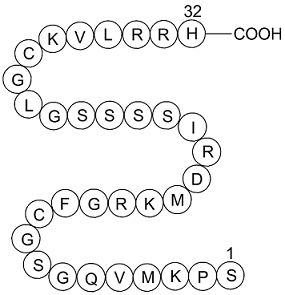
Introduction The amino (3S,5S)-Atorvastatin sodium salt sale glycine functions as a neurotransmitter in the vertebrate central nervous system: as an inhibitory neurotransmitter and as a co-agonist of the NMDA-subtype of excitatory glutamatergic receptors (Eulenburg et al., 2005). Under a current
-
Resolving the molecular details of glyco proteome variation
2022-02-11

Resolving the molecular details of (glyco)proteome variation in different tissues and organs of the human body is critical for the understanding of human biology and disease [59]. Glycoproteomic analysis of disease-related tissues and cells has provided valuable information to identify promising tar
-
Studies dealing with the effects of ischemia on
2022-02-11
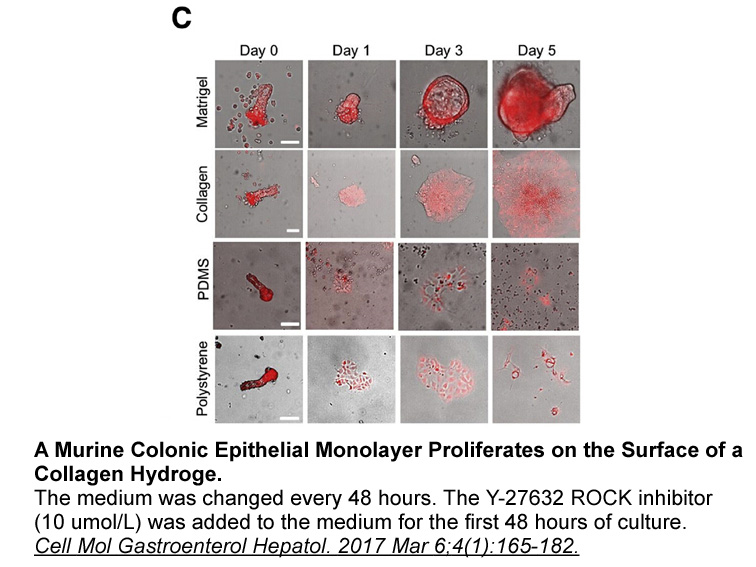
Studies dealing with the effects of ischemia on EAATs have been previously reported, but some discrepancies in literature appear between them probably as a consequence of the different models, species, time of reperfusion after ischemia and age of the animals. Thus, in human, HQNO stroke-dependent
-
We also demonstrated that inhibition of NAAG hydrolysis
2022-02-11
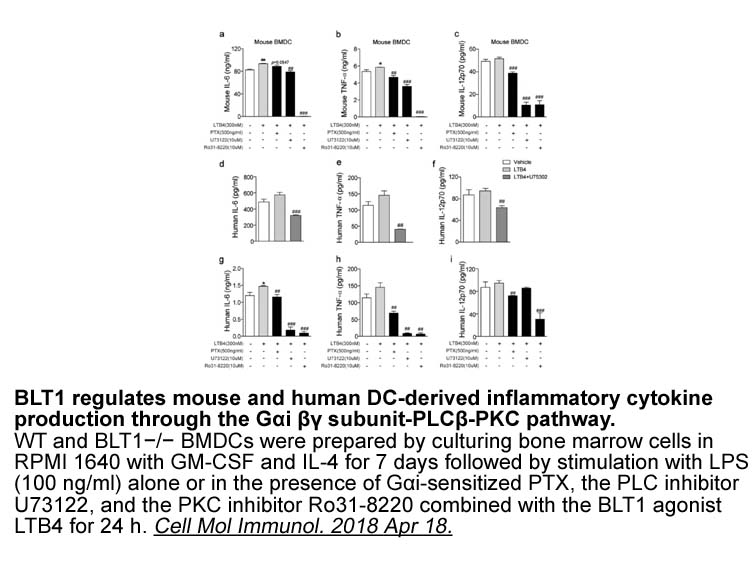
We also demonstrated that inhibition of NAAG hydrolysis to suppress glutamate production through a GCPII inhibitor is a viable target for cancer therapy. GCPII is also known as N-acetyl-L-aspartyl-L-glutamate peptidase I (NAALADase I) or NAAG peptidase (Pinto et al., 1996), and its increased express
-
Tail group SAR of the imidazole
2022-02-11
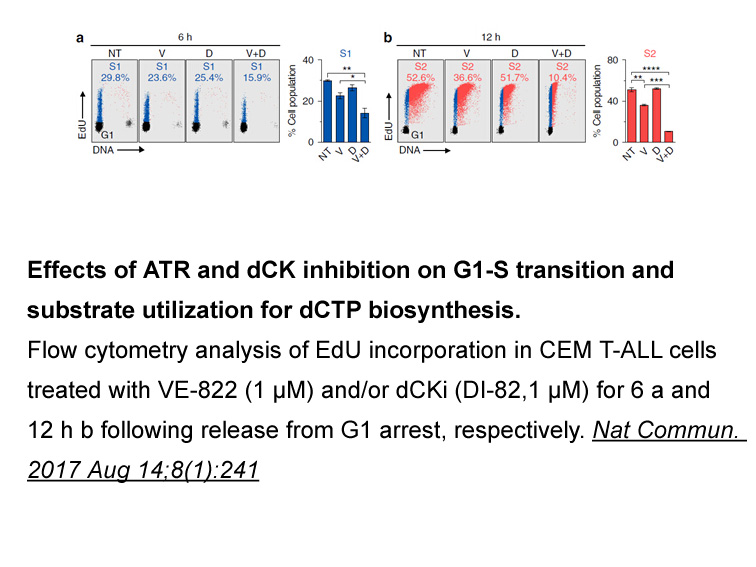
Tail group SAR of the imidazole derived analogs is shown in . The previous SAR study from the discovery of AMG 837 revealed that a simple un-substituted meta-biphenyl tail group was less favorable in terms of potency. Efforts to introduce polarity to the tail group were not successful. When a methyl
-
The unique mechanism of EAAT anion channel gating
2022-02-11
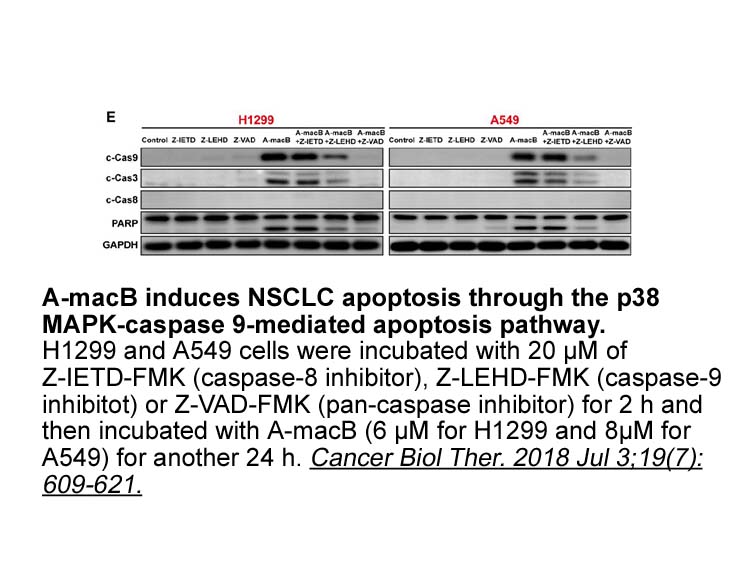
The unique mechanism of EAAT anion channel gating results in neuronal or glial anion conductances that follow changes in substrate concentrations and thus allow feedback control of glutamate release (Wersinger et al., 2006) or modification of GABAergic postsynaptic currents by glutamatergic signals
-
Despite the potential promise of both of these peptides
2022-02-11
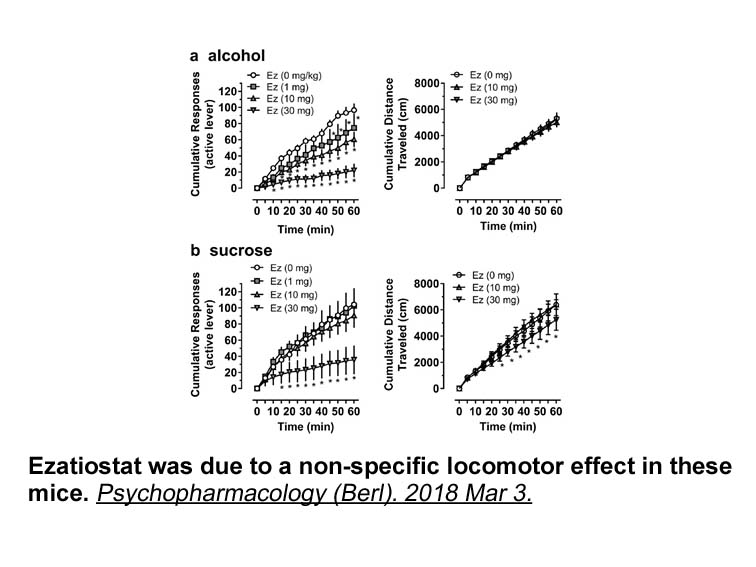
Despite the potential promise of both of these peptides, such compounds are still susceptible to efficient renal filtration (Emmanouel et al., 1978, Holst, 1991, Deacon et al., 1996). However, numerous studies have demonstrated that fatty ppy mg dervatisation of related regulatory peptides results
-
The Growth Hormone Secretagogue Receptor GHSR
2022-02-11
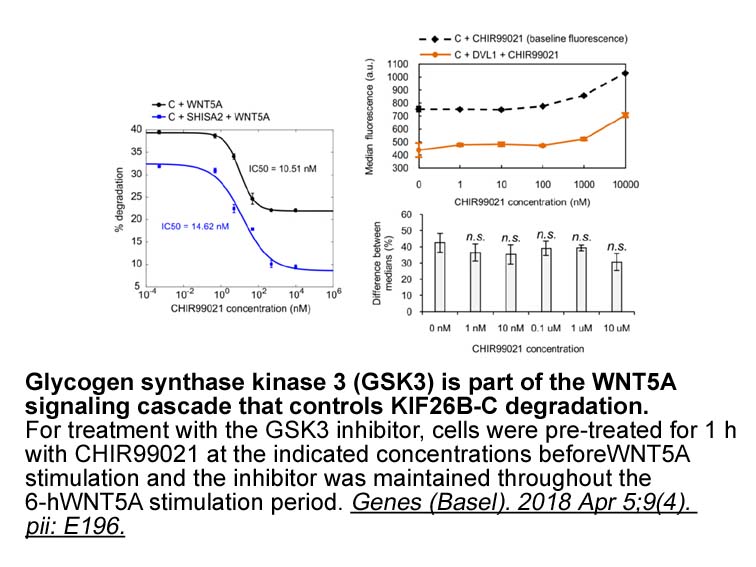
The Growth Hormone Secretagogue Receptor (GHSR), also known as the ghrelin receptor, is a G protein-coupled receptor (GPCR) expressed widely throughout the body and brain, with particular enrichment in Alisol B 23-acetate regions concerned with homeostatic and motivational function such as the hypo
-
In this study we demonstrate that the ETS
2022-02-11
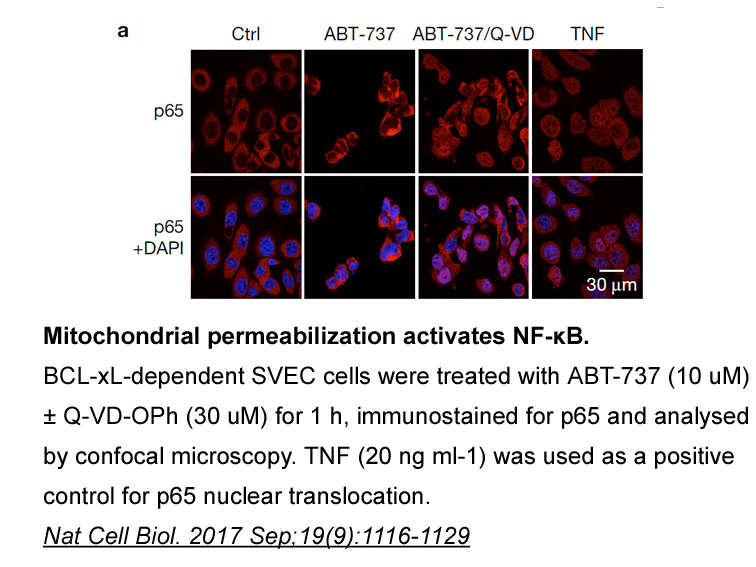
In this study, we demonstrate that the ETS transcription factor ETV5 is involved in the regulation of ghrelin system in response to the altered nutritional state. In the recent multiple GWAS studies, three single nucleotide polymorphisms (SNPs) of ETV5, rs7647305 (Thorleifsson et al., 2009; Willer e
-
Dyphylline br Introduction G protein coupled
2022-02-11
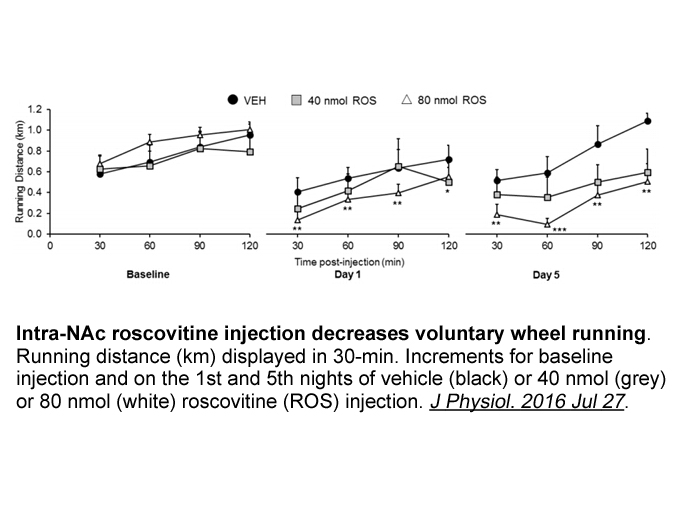
Introduction G-protein coupled receptors (GPCRs) represent one of the largest family of receptors involved in cell membrane signal transduction and have become one of the leading therapeutic targets worldwide (Chakraborty and Chattopadhyay, 2015; Bouvier, 2001; Sriram and Insel, 2018). GPCRs sign
-
LPCs have been previously described as
2022-02-10
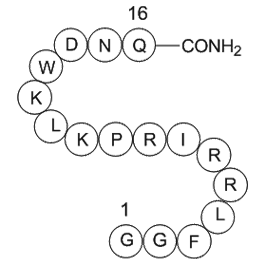
LPCs have been previously described as potential anti-diabetic factors due to stimulation of secretory activity from the isolated rodent pancreas, L-type cells, ands insulin-producing cell lines, with LPC 18:1 as the main structure of interest (Soga et al., 2005, Sakamoto et al., 2006, Overton et al
-
Although oxidative stress induces a decrease in intracellula
2022-02-10
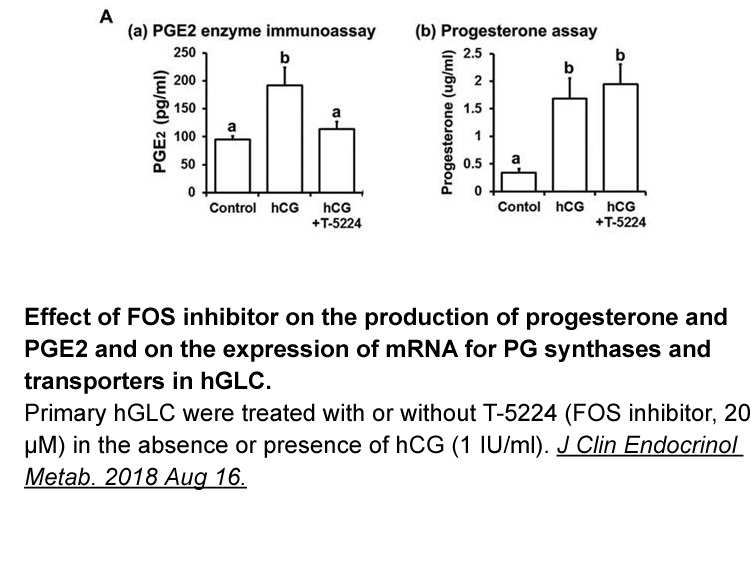
Although oxidative stress induces a decrease in intracellular ATP level, the underlying mechanism is obscured. We hypothesized that oxidative stress induced by H2O2 could decrease astrocytes ATP level through lysosome exocytosis in Ca2+-dependent pattern. In present study, using H2O2 stimulation to
-
br Conclusions br Acknowledgments This work was financially
2022-02-10
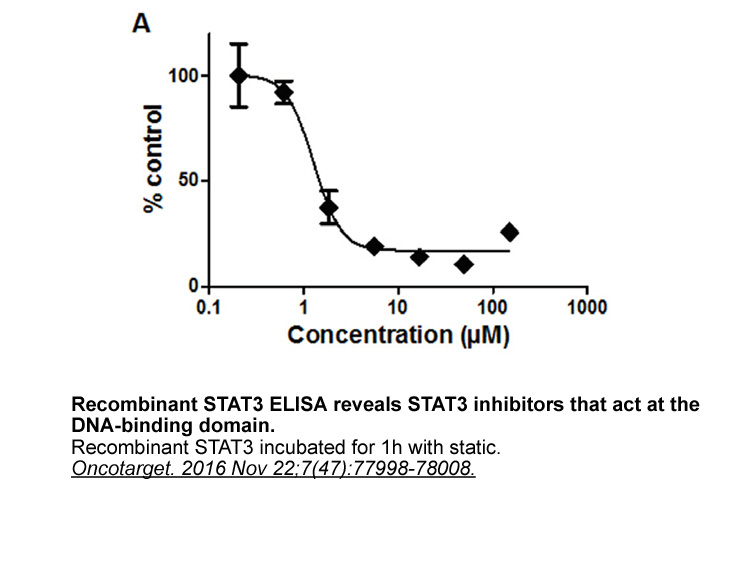
Conclusions Acknowledgments This work was financially supported partly by Shanghai Pujiang Talent Project (No.: 08PJ14017), the National Natural Science Foundation of China (Nos.: 20771029 and 91013001) and Shanghai Leading Academic Discipline Project (No. B108). Soluble guanylate cyclase (
-
br Modulators of the GUCY
2022-02-10
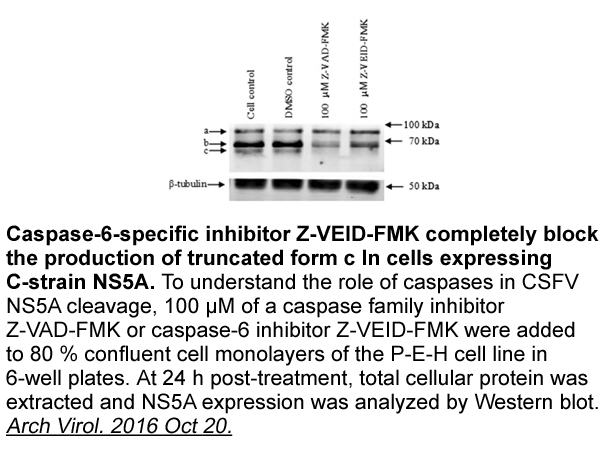
Modulators of the GUCY2C/cGMP/PDEs signaling pathways for CRC prevention and therapy (pre-clinical and clinical development) Several modulators of the GUCY2C/cGMP/PDEs signaling pathways, including GUCY2C agonists and PDEs inhibitors, have been developed and explored as chemopreventive agents for
14471 records 482/965 page Previous Next First page 上5页 481482483484485 下5页 Last page